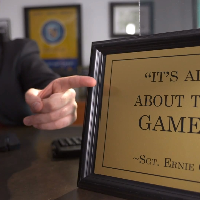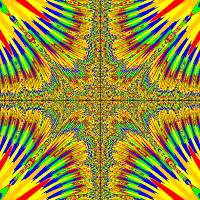Hey,
I have a world with cellsize of 80 in my super declaration.
Objects shall move in this world, but if i set the usual move() method, or the setX() + x, The object's movement is from one cell to another without transition. I'd like my object to move from one cell to another as if his move was from a pixel to another.
I tried to use the Smoothmove Class, but doesnt work. (Thought that a slower move would make it, but didnt).
Any idea ?







